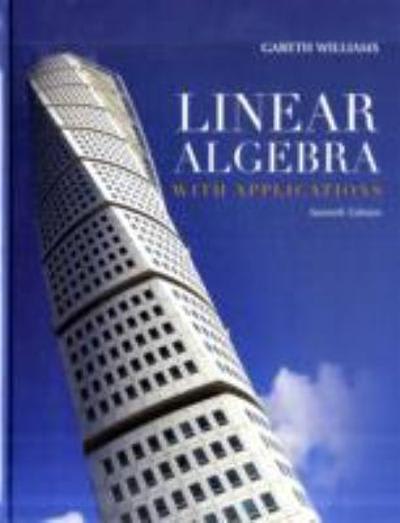Question
Imagine that you are confronted with two pairs of lotteries over the following three outcomes: x=$2.5 million, y= $.5 million, and z=$0. The first pair
Imagine that you are confronted with two pairs of lotteries over the following three outcomes: x=$2.5 million, y= $.5 million, and z=$0. The first pair pits P1 against P2, where P1= (P1 (X), P1 (Y), P1(Z) )= (0,1,0) and P2= (P2 (X), P2 (Y), P2 (Z)0= (0.10, 0.89, 0.01). The second pair is a choice between P3= (P3 (X), P3 (Y), P3(Z))= (0, 0.11, 0.89) and P4= (P4(X), P4(Y),P4 (Z))= (0.10, 0, 0.90). Empirically, most individuals express a strict preference for P1 to P2 and P4 to P3. Is this behavior consistent with the theory of expected utility? In order to solve this problem, rephrase each of the expressed opinions in terms of expected utility (e.g., EU (P3) = 0u(x)+ 11u(y)+0.89u(z)) and then use basic operations on the resulting inequalities to see if a contradiction emerges.No knowledge of the actual utility function is necessary to solve this problem. See how you do on this problem.
-please help me and show me how you arrived at the answer
Step by Step Solution
There are 3 Steps involved in it
Step: 1

Get Instant Access to Expert-Tailored Solutions
See step-by-step solutions with expert insights and AI powered tools for academic success
Step: 2

Step: 3

Ace Your Homework with AI
Get the answers you need in no time with our AI-driven, step-by-step assistance
Get Started


